
Resource
Developing Early Literacy, Numeracy and Visual Skills
Hands-on ideas for helping young children with visual impairments to develop early literacy, numeracy, and visual skills
Here I share with you some ideas for supporting visual discrimination of objects and images at the same time showing how early literacy and numeracy skills can be developed.
Visual Discrimination and Recognition of Objects
Goals may include:
- To recognise and discriminate objects from an outline shape (near to and in the distance)
- To recognise familiar objects, recognise different or similar objects
Materials:
- Wide range of familiar objects in different sizes, e.g. toys, 3D shapes, objects used in the home, school, play, outside environment.
Ideas:
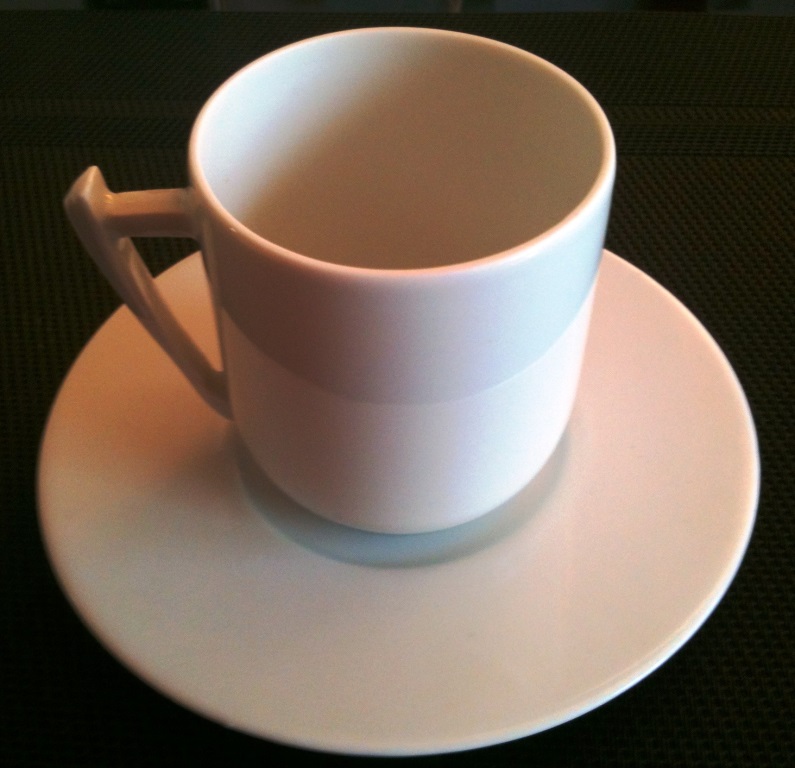
- Place a favoured object amongst 2 or 3 other objects and ask child to locate.
- Identify near and distant objects: e.g. place a range of objects within their near vision range and ask them to point to or name, followed by a request to name or identify an object, person, scene or picture at a distance.
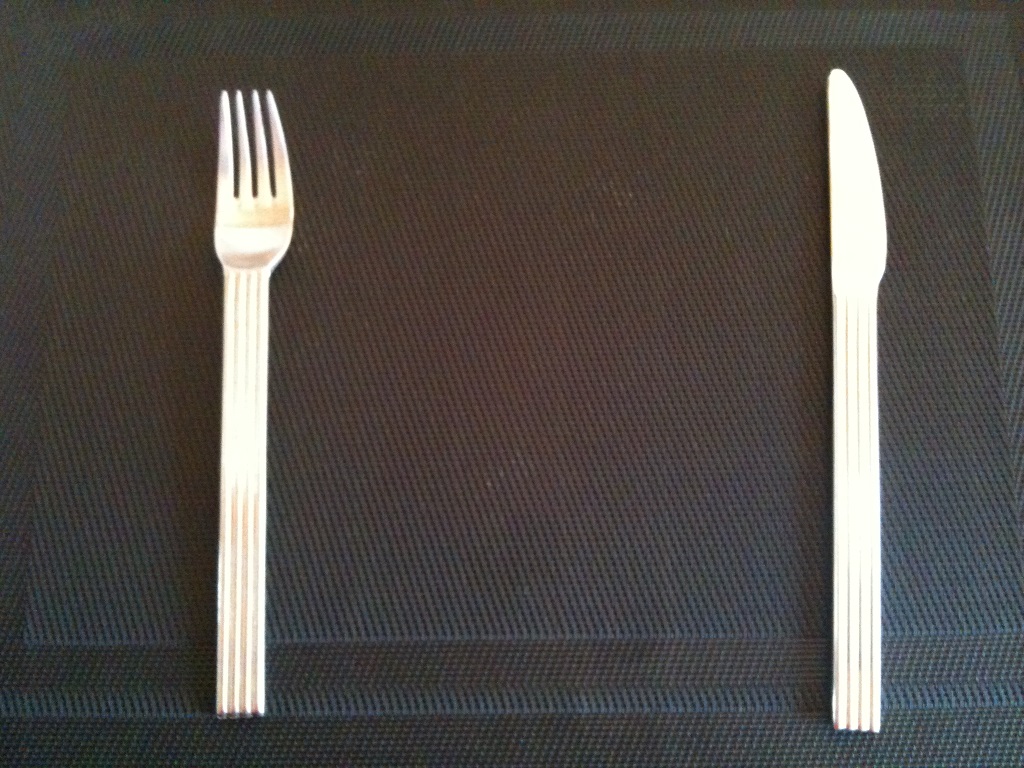
- Present one familiar object within the child’s near vision range for looking at without touching, ask child to name.
- Increase and present two or more objects for the child to pick out the one that you name.
- Copy a sequence of three objects to a set of objects set out in a specific order.
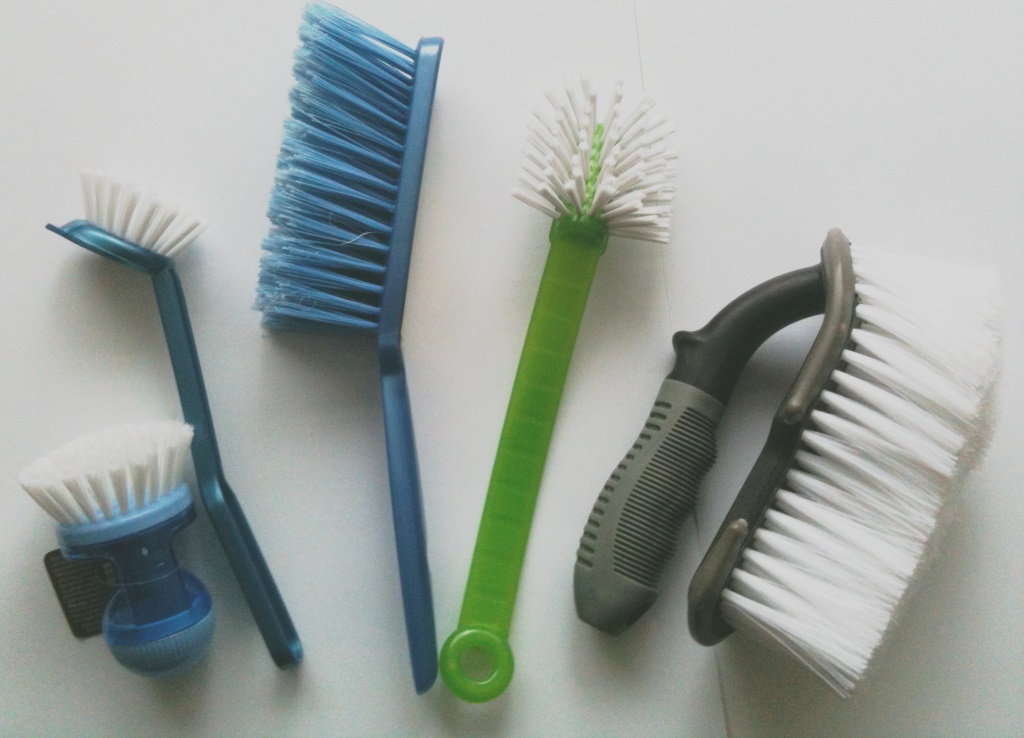
- Group objects that are different but are in the same category, e.g. small range of fruit, clothing or cleaning materials.
- Sort and match objects by shape, size, texture.
-
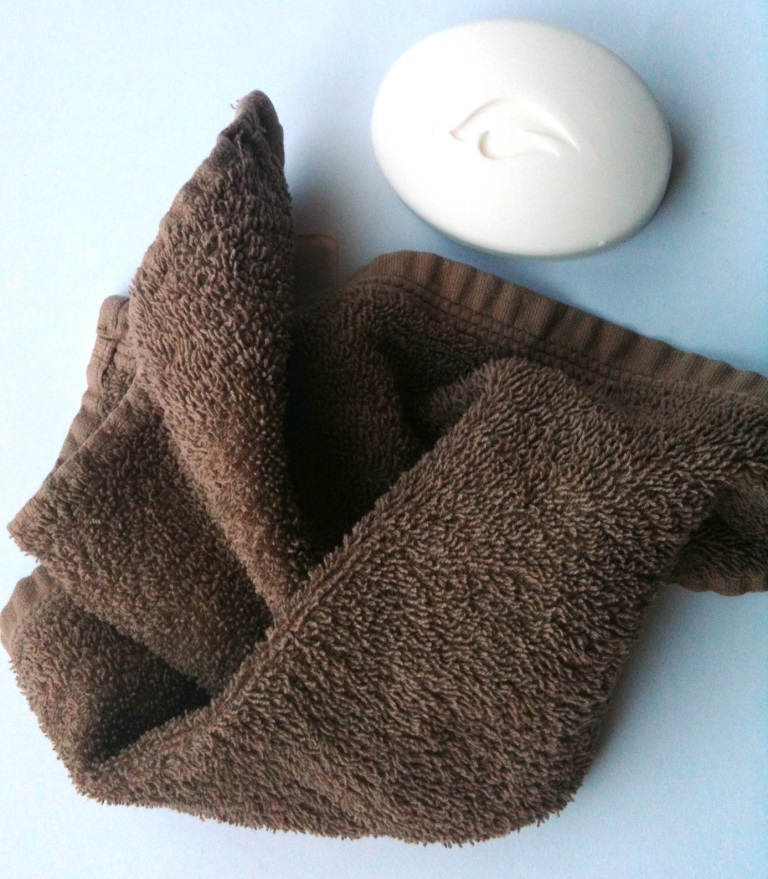 Match common objects that go together.
Match common objects that go together. - Match identical objects.
- Match word label to object, match initial letter sound to object.
- Count the number of objects in each category and add a number label to the group.
- Order by size – smallest to largest, shortest to tallest.
- Name the objects; make a sentence up about the object – record onto a recordable peg.
Visual Discrimination of Images and Pictures
Goals may include
- To recognise and discriminate image/object from an outline shape
- To recognise and discriminate detail from within photographs of people and objects
Materials
- Black and white /colour photographs/pictures of shapes, familiar objects and activities, ranging from simple to complex
- Pictures/photographs of people (black and white/colour)
Ideas
- Using simple colour/black and white photographs/pictures of familiar objects ask the child to name the objects. Alternatively hold up two pictures and ask “Where’s the ….?” Identify photographs of family members and pets.
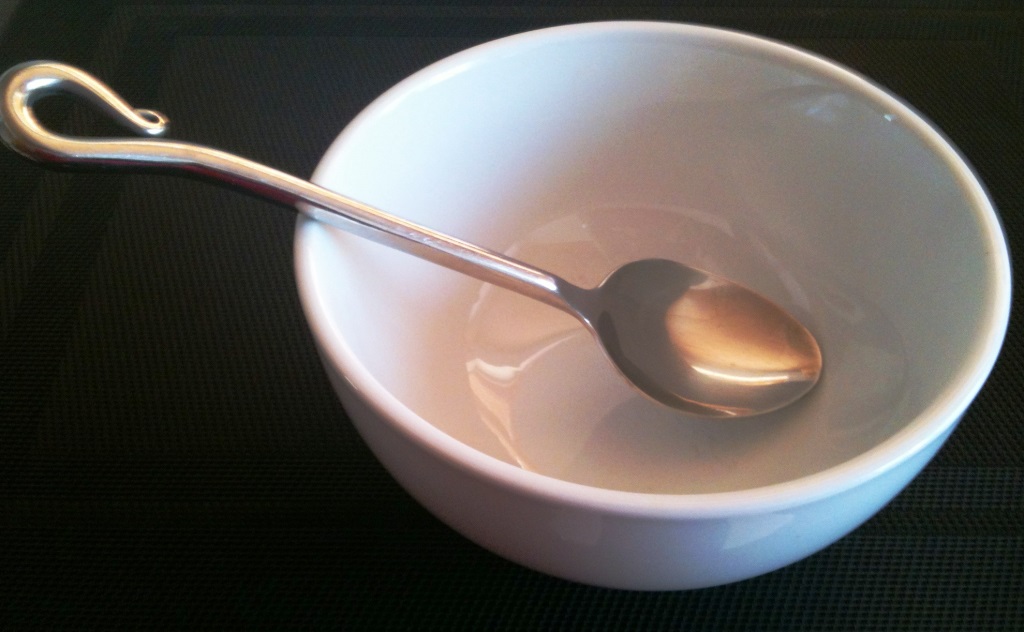
- Identify and match pictures of objects that belong together, either by what they look like or what their function is.
- Sort pictures of objects by category.
- Match pictures of solid shapes to outline shapes.
- Match objects to pictures of the objects.
-
Scan three photographs from left to right, e.g. three fruits, 3 toys.
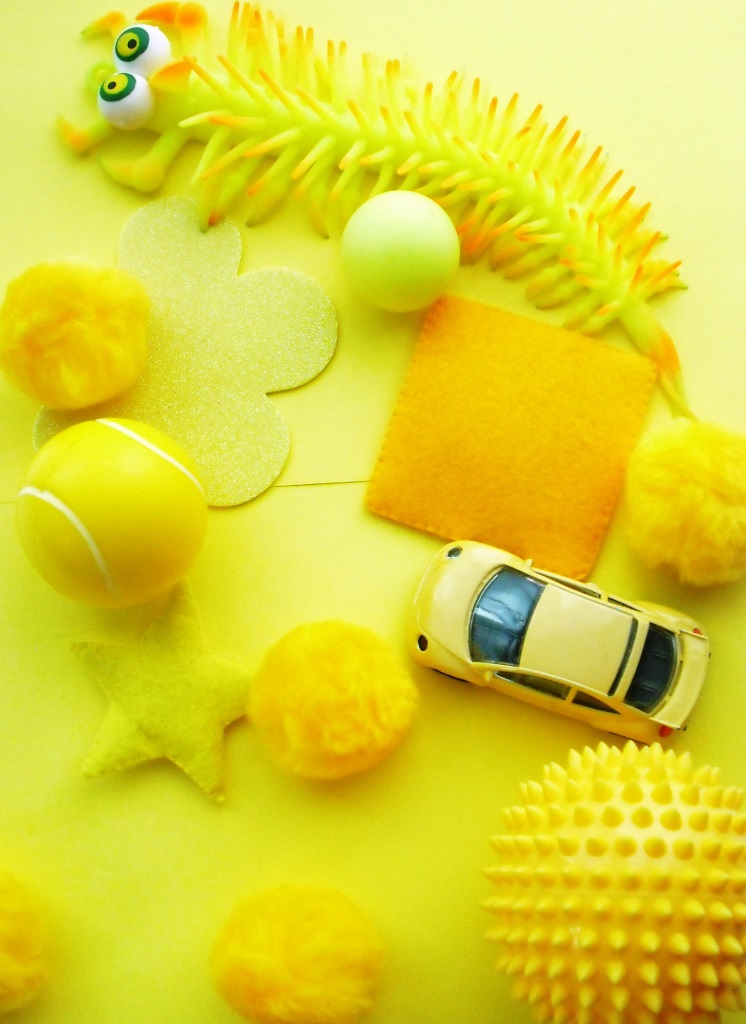
- Identify a picture of an object based on what the item is used for, e.g. apple, toy, cup, toothbrush
- Use a computer or interactive whiteboard to show good quality photographs of, favourite toys, food, ask child to identify or match to real objects.
- Imitate actions in pictures. Child to identify and copy the action, e.g. begin with simple actions such as sitting, lying, standing, move to more difficult actions such as looking at a book, pouring water into a mug. Move from here to copy facial expressions from pictures, e.g. laughing or crying or pretending to sleep
- Match pictures of facial expressions.
- Match pictures of common objects, e.g. matching pairs game.
- Match pictures with different detail. Use pictures of the same objects that have different patterns on them.
- Identify a picture that matches an object from a choice of two pictures.
-
Use pictures with people and objects showing a scene. Pictures should be of familiar scenes such as a family eating, children playing on the park, children in school. The child needs to identify what is in the picture .e.g. find all the people and describe what they are doing and name the objects.
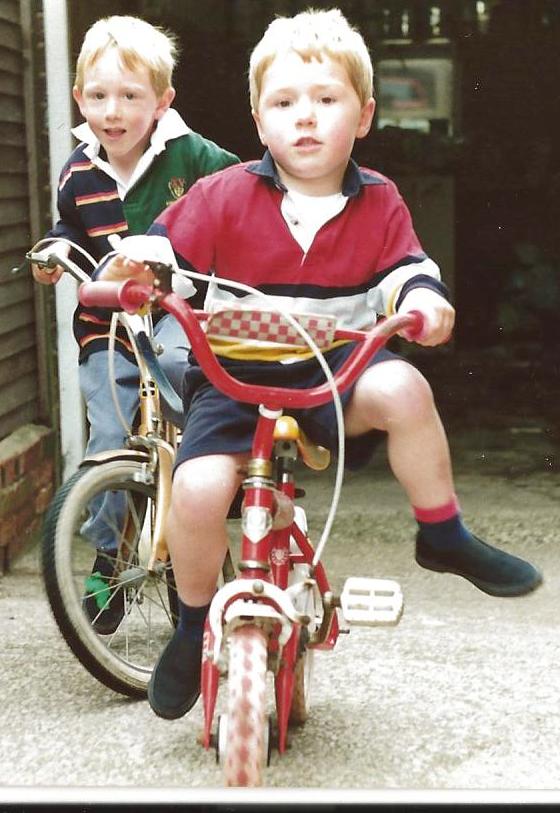
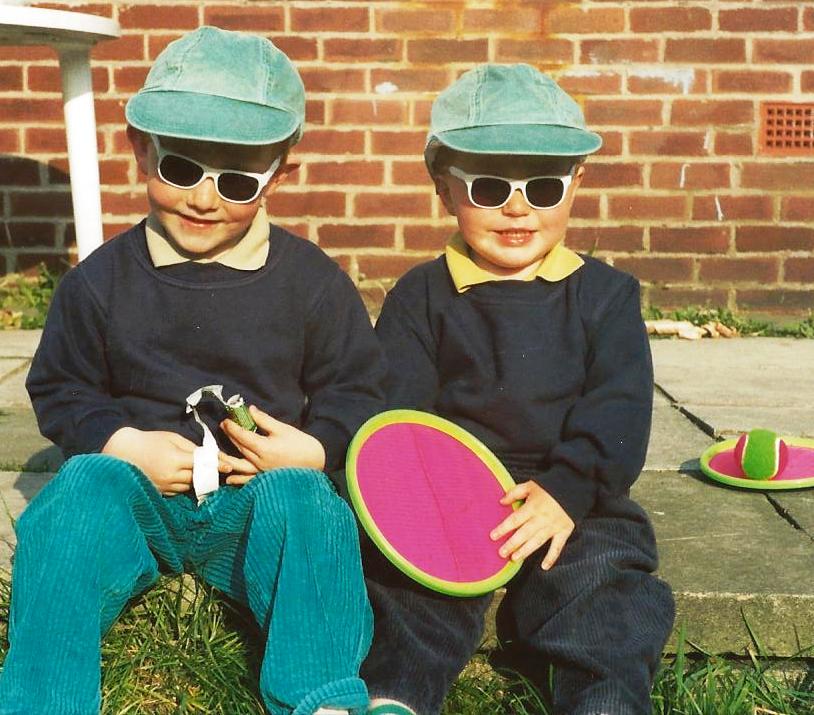
Visit https://www.positiveeye.co.uk/ for more activities and ideas to support children with Visual Impairment
